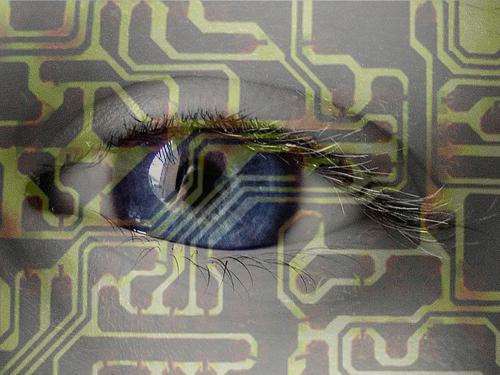MYOB’s chief technology officer Simon Raik-Allen believes human augmentation “will change the nature of business” – and he’s keen to understand how it might help his firm’s customers.
This month, MYOB unveiled a report on what it called ‘the augmented human’, where it examined “a future where biology and technology blend together to provide workers with a range of physical and mental enhancements.”
“These things will be here faster than we think,” Raik-Allen predicted.
It’s an area that futurists in other software companies are also tracking. Information Age reported earlier this year on Salesforce’s efforts at bringing artificial intelligence to their products.
Salesforce sees AI as a path to reduce friction in customer experiences, making them seamless and “intimate”.
The company’s futurist Peter Schwartz likened it to having a “having personal assistants of an electronic form” – or put another way, an electronic augmentation to our personal selves.
In that way, Raik-Allen is on a similar wavelength.
“Our customers are small business owners and they want an advantage – when they can buy products a bit cheaper, find more customers, or reach their customers via cheaper marketing techniques,” he said.
“Every now and then stuff pops up that we think we can use to help our customers get ahead.
“Helping out humans in our day-to-day tasks by giving us information in a more timely fashion would be a huge advantage.
“AI’s now offering a lot of opportunity in those spaces.”
However, Raik-Allen is also interested in how this kind of electronic augmentation might evolve over “5-10-25 year horizons”.
“If we had really exceptional AI, imagine I’m in a meeting and I get a question that I have to go away to answer,” Raik-Allen said.
“If I could just call on my little AI assistant and, while I’m still speaking to my audience, my mind is speaking to my AI bot saying, ‘hey scan all this data from around the world and find me a trend’, then the answer comes back to me and I can use it while I’m still speaking to my audience - that would be cool.
“That requires a lot more AI. But even having [more basic] information at your fingertips could be useful.”
That might involve presenting information in one’s field of vision – as wearables already do. However, Raik-Allen is interested in how that technology might one day be implantable.
He believed that, based on the current trajectory of technology innovation, that such implants are “highly doable”.
“It’s simply augmented reality that we’ve all had for five years on our phones,” Raik-Allen said.
“It’s trivial to do in technology today but it would be absolutely amazing if we had it in real time inside our eyes.
“I can imagine a police person looking at traffic and a car is highlighted in red because your mind has scanned it, it is looked up in a database and the number plate says that there’s a person of interest in that car.
“We can do that today with cameras on the street but we can’t do it in your eye. But if you had that ability it would be amazing.”
Raik-Allen believed that such implants could turn people into “amazing workers”.
“It would bring so much more info to our fingertips live, in real time, that we can use to help us [in our decision making],” he said.
However, he acknowledged there were challenges to making it practical. They include miniaturisation and the ability to network implants into the body, although researchers are now networking prosthetics into the body in a similar fashion.
While Raik-Allen acknowledges that some of the ideas raised by MYOB, particularly in its augmentation report, “may seem like the stuff of science fiction, the report’s predictions are based on the evolution of technology currently in development, or even in use.”
“Part of my job is to think about the future, and how businesses in particular might prepare for it,” Raik-Allen said.
“Looking 20 or 30 years into the future not only helps us start preparing for what might be coming along, but also gives us new ways of thinking about what we are doing now, and the processes and preconceptions that might be holding our business back.”










